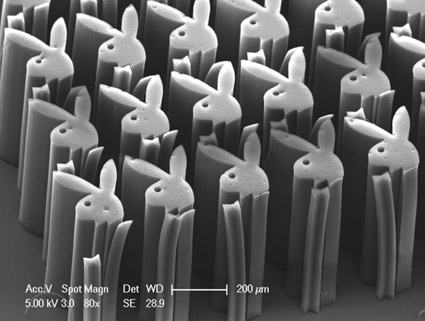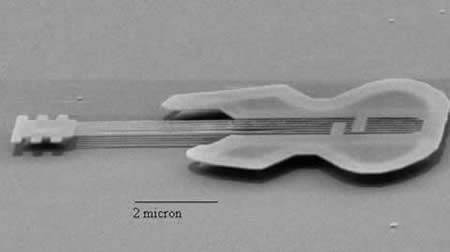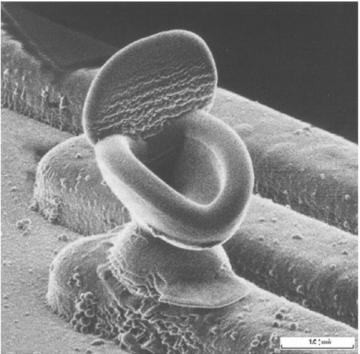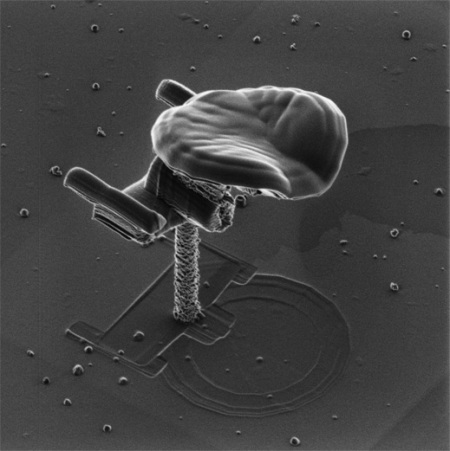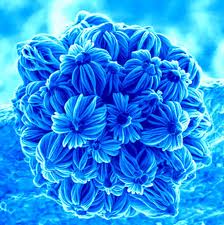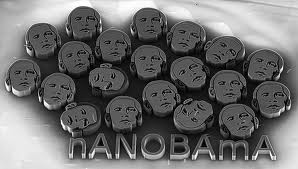When I dropped my phone into the toilet I was amazed to see that it continued to work for a few seconds. All hope was quashed however 2 minutes later when it stopped, short, never to work again. I had only paid 26 dollars for it from ebay, but this was not the first time that such an incident had occurred in my household. My wife dropped her phone in the toilet on the day I bought it for her and I fell over whilst wading through a river in a drunken moment of foolhardiness and drowned my first mobile (and almost myself).
None of this need ever occur again however, thanks to nanotechnology. A company called Neverwet has designed an all purpose waterproof coating that can be sprayed on that repels water so well that they can even show a computer dipped into water while turned on still operates. Last year they won the Grand Prix Award as an innovative start up and their product is really quite impressive. Check out the video on their website.
The technology has many applications, it can be used to protect materials used under the sea to prevent corrosion, fabrics or small articles can be either dipped or sprayed, but the most interesting application certainly seems to be in electronics. A mother board can be sprayed and then used in wet conditions without failing. A great breakthrough I think.
If you are interested in weatherproofing you should know that there are already many all weather computers on the market. Terralogic sell a range of rugged computers and accessories for work and military purposes. Obviously if you are carrying a computer on a battlefield it cannot be a domestic lightweight and easily damageable machine, so these beasts are designed to be shock and water resistant, and they come in military green so you stand out from the crowd in your local Cyber cafe.
If you really need to go and work underwater you can purchase the WetPC, designed for the Australian military by Kord Defence Systems. This little baby is designed for underwater note taking, and offers a host of improvements over previous attempts making it much more user friendly through the adoption of its 5 key system. Combinations of the keys perform different functions making the machine suitable for underwater archeology, research and engineering as well as water sports.
If you want to go one step further how about the underwater cell phone? This little package allows you to make a receive calls as you dive, and works either at sea or in the lake or pool at the bottom of the garden.
Joking aside the technology is designed for commercial divers. The kit can be used with any phone that has a voice dialing system, as it sits within a face mask that is attached to a long lead with a floating buoy attached. The buoy hosts the broadcasting technology so that the user can connect to their normal service. All for about $1700 US. Take a look at the Ocean Reef company website for more details and to see what else tickles your fancy.
So just dip your HP into Neverwet for domestic use or go the whole hog with a military machine, the choice is yours, but in the days of rising sea levels it is always better to be prepared.


